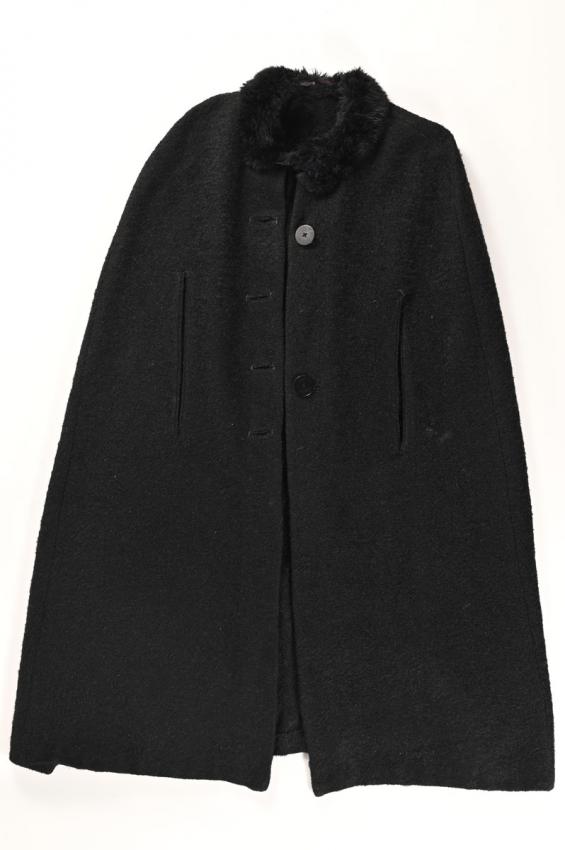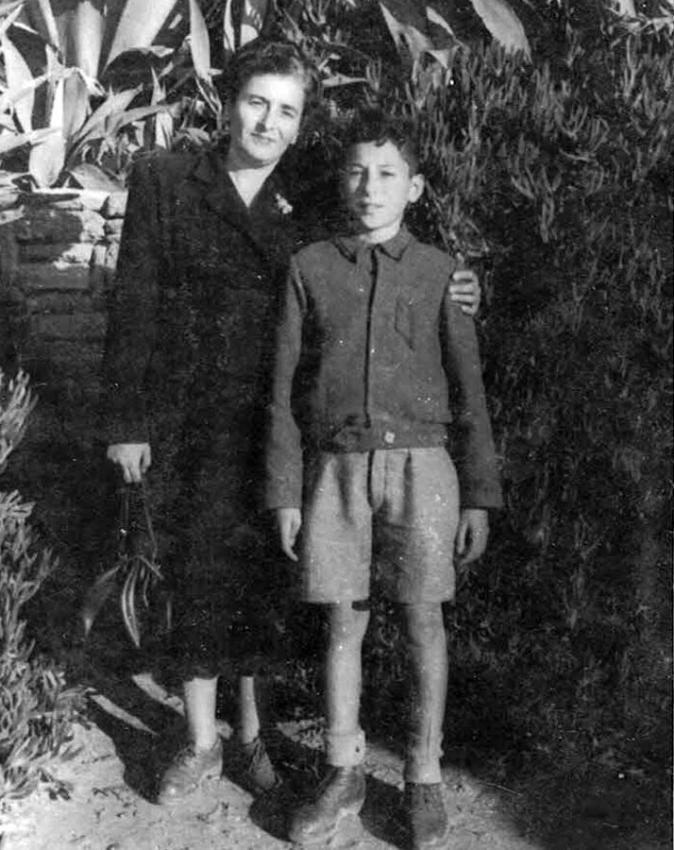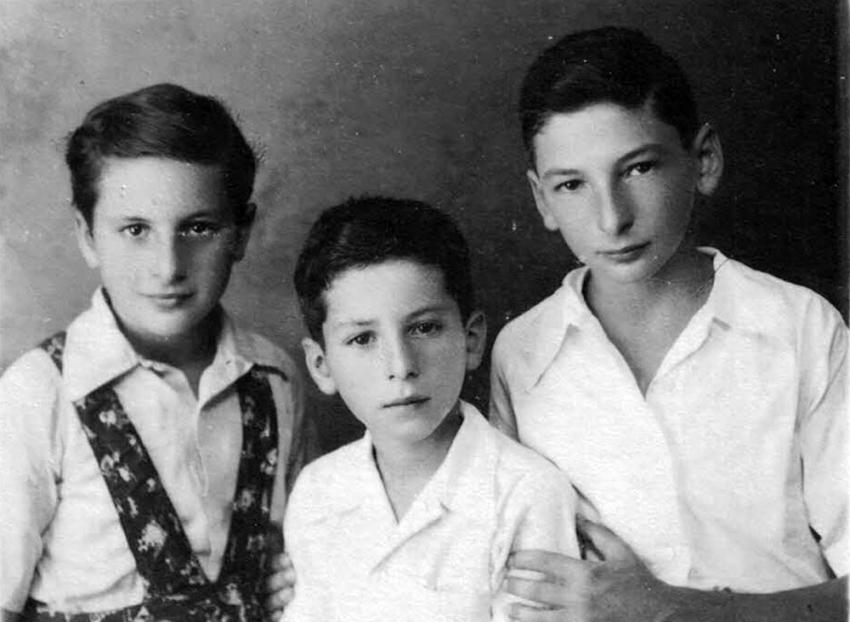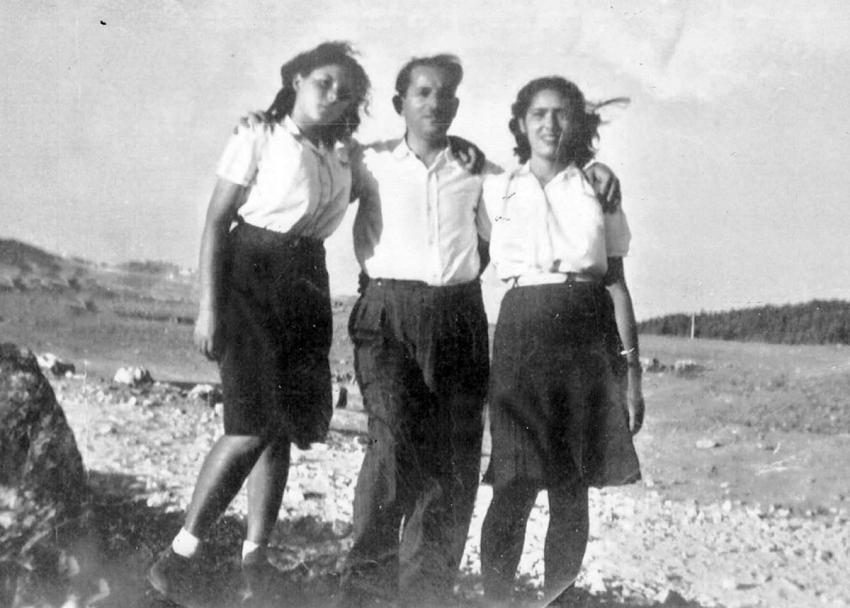In September 1943, Athens was occupied by the Germans, and in October, the Jews were required to report for registration and to sew the Yellow Star on their clothing. Tova and Aaron Cohen decided not to follow these directives. They left their home in Athens and with the help of Greek acquaintances, found hiding places with Christian families.
Fifteen-year-old Sara was hidden with the Katsiyannis family, twelve- year-old Haim was hidden in the Italian hospital that was run by nuns, eight-year-old Dvora was hidden with the Vgenopoulos family, and the youngest Shlomo, was hidden with the Strigo family. Aaron and Tova were each hidden separately with different families. Aaron was the only one who knew where each family member was hidden and he managed to visit each child from time to time.
They were hidden for some six months in their respective locations. When the Germans intensified their efforts to hunt down Jews in hiding, Aaron decided to smuggle his family out of Greece. He prepared an escape plan, set a date and time, and each of the children left with school bags on their backs and came to a meeting point. They all reached the seashore and waited in a small church for the ship that was supposed to take them to Turkey, but the ship didn't arrive. In desperation, the six family members made their way to the home of the Takaronis family.
Close to Passover 1944, Aaron decided to try and escape again via the island of Evia off the coast of Greece. This time he also took his brother’s three children with his family.
In advance of the escape, Tova bought a large coat and sewed gold coins on it in lieu of buttons, so that they would be able to pay for assistance along the way. The family joined a group of thirty other Jews who climbed the hills of the island to reach the shore. For many days, the group wandered through the mountains assisted by Greek partisans, avoiding German patrols. During the cold mountain nights the children snuggled up in the warm coat. They finally arrived at the shore and boarded a fishing boat when the partisans gave the signal. Praying that they wouldn't be caught by a German patrol, they made their way to Turkey.
Their luck held out and they reached Turkey. After a short respite in Izmir, they made their way to Eretz Israel (Mandatory Palestine) via Syria.
The lives of the nine members of the Cohen family were saved in large part thanks to the courageous actions of several Greek families.
The coat was donated to Yad Vashem along with a letter:
“This coat […] shielded us from the cold in the mountains of the island of Evia, Greece where we hid from the Germans in caves and assorted shelters. At night, the four of us would cuddle up together with the coat covering us like a blanket and protecting us from the cold and the rain. The coat remains as a memento of those dark days. When Yad Vashem's campaign to preserve such items began, our family decided to donate the coat in memory of our aunts and uncles who were murdered in the Holocaust, the Cohen family (and Pipeno Philosof)."
On August 12, 2001, Yad Vashem recognized Costas and Popi Mavrogenis, Athanasios and Adriana Katsiyannis, Panos Zolampolos, and Stasa Takaroni and her son, Panos Takaronis, as Righteous Among the Nations. On January 6, 2002, Yad Vashem recognized Solon and Eleftheria-Loulou Vgenopoulos as Righteous Among the Nations.
Yad Vashem Artifacts Collection
Courtesy of Sara (Cohen) Golan, Haim Cohen, Deisi Frances (Dvora Cohen) and Shlomo Cohen














